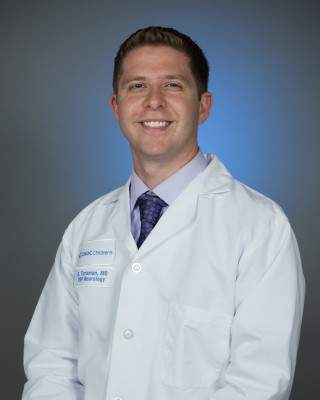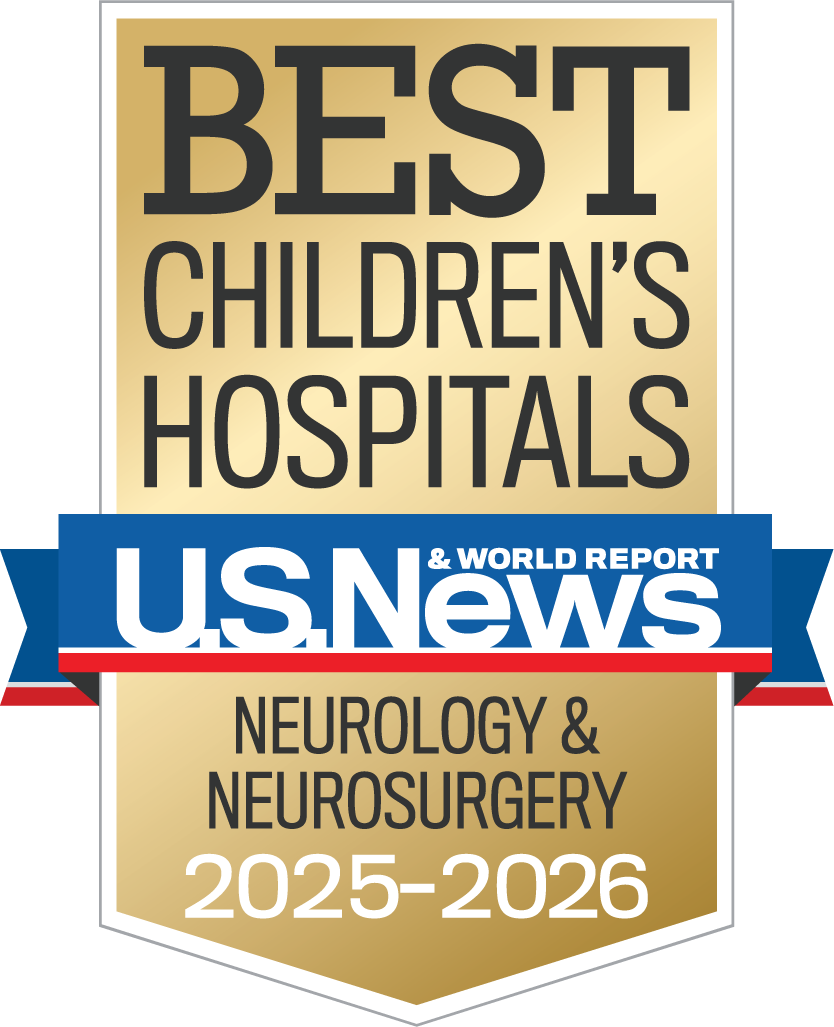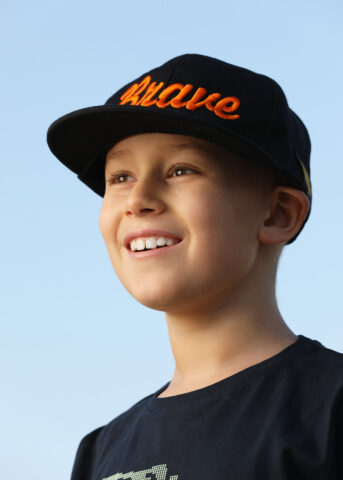Many might picture a stroke patient as middle aged or elderly, but the reality is that the ailment occurs in people of all ages, a CHOC neurologist says.
A stroke happens when blood flow to the brain stops, and many types exist, Dr. Sharief Taraman says.

- Ischemic strokes, most common in children, prevent oxygen and nutrients from reaching the brain. This causes brain cells to die, and can result in permanent damage to the brain and body’s functioning.
- In hemorrhagic strokes, which are uncommon in children, the blood vessel breaks, which floods the brain with blood and damages brain cells.
- Perinatal strokes occur in babies near their time of birth, usually during delivery or right after birth because the infant lacked oxygen during delivery.
Stroke causes
Each year, between six and 13 of every 100,000 children will experience a stroke, and they are most likely to happen between a woman’s 28th week of pregnancy and one month after birth.
In older children, strokes are often caused by another condition that can affect blood flow to the brain, Dr. Taraman says. The largest risk factors for stroke in children include heart disease (19 percent), blood clotting disorders (14 percent) and dehydration (11 percent). About a quarter of young stroke patients have a combination of risk factors.
Further, children with some, few or no vaccinations are more than seven times more likely than fully vaccinated children to have a stroke, Dr. Taraman says. This is likely because many vaccine-preventable illnesses, such as chicken pox, can injure the brain’s blood vessels.
Girls who have migraine headaches that show symptoms before pain begins – a type called “migraine with aura” – are also at a higher risk of stroke. Clinicians are still working to understand the connection fully. There is evidence, however, that some types of oral contraception can exacerbated the migraine-stroke risk. Patients should discuss the risks with their physician when selecting a medication, Dr. Taraman says.
What to look for
Signs of stroke vary widely in children, depending on their age and the resulting brain cell damage. Symptoms include slurred speech, blurred vision, memory loss or sudden weakness.
Children who have experienced a perinatal stroke sometimes tend to favor one hand more than the other. They may also grow normally, but development may occur at a much slower pace than other children. Those whose strokes caused more substantive brain damage may also experience seizures. Often, signs of perinatal stroke don’t materialize until months or years later.
It’s important that children who have experienced a stroke get medical treatment as quickly as possible. Parents who suspect their child has had a stroke should see a doctor immediately or call 911.
Stroke diagnosis, treatment
Strokes can be difficult to diagnose because their symptoms can be subtle and patients who have strokes often have another illness, Dr. Taraman says. To diagnose strokes, physicians rely on blood tests and a variety of imaging techniques.
Treatment varies among patients. Those who are diagnosed during the episode can receive medication that can off-set potential damage. Others may receive treatment for the underlying condition, such as a heart problem, or a resulting condition, such as seizure.
Regardless, children also require extensive rehabilitation that includes neuropsychology; developmental monitoring; educational intervention; and physical, occupational, and speech therapies. Most of the functional recovery occurs in the first two to three months after the stroke.
Get more expert health advice delivered to your inbox monthly by subscribing to the KidsHealth newsletter here.

Learn more about CHOC’s Neuroscience Institute
CHOC Hospital was named one of the nation’s best children’s hospitals by U.S. News & World Report in its 2025-26 Best Children’s Hospitals rankings and ranked in the neurology and neuroscience specialties.





